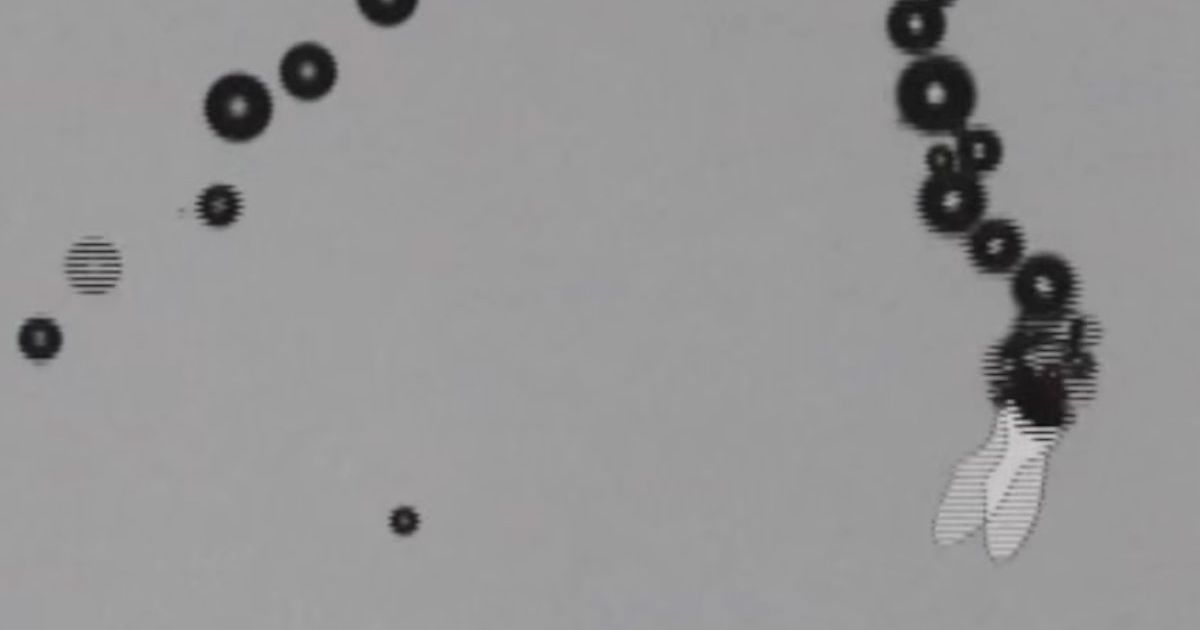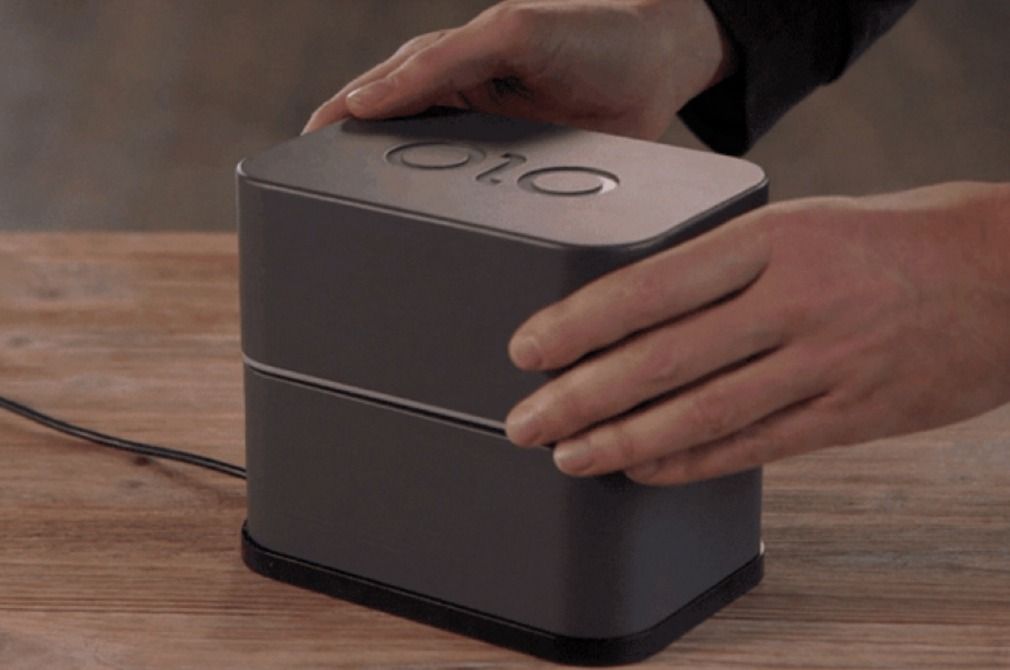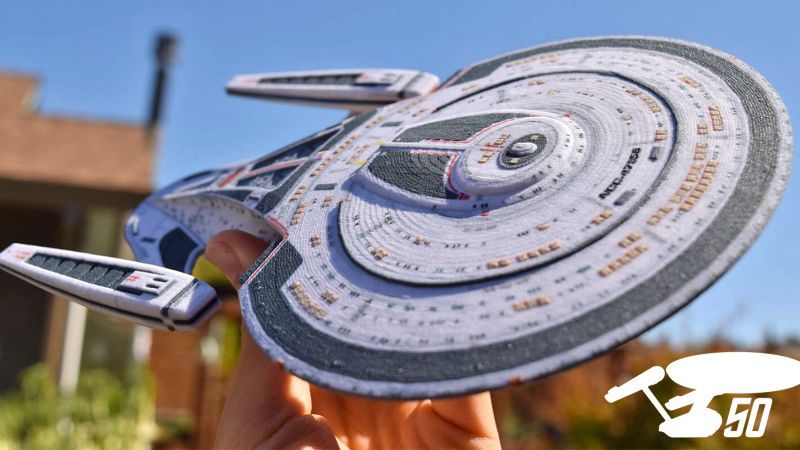South Korean-based company Rokit is a 3D printing manufacturer we’ve talked about on several occasions before. In February this year, they released Edison Invivo, a tissue engineering and bio-medical research 3D printer that uses a bio ink to produce cell structures in the form of organic tissue.
Now, as a constant innovator, Rokit is back with their latest and also the world first Multi-Use Hybrid Bio 3D printer — Rokit Invivo. What’s exciting is that this awesome bioprinter will be revealed very soon on 30th, September in the Digical Show held by London-based iMakr.







